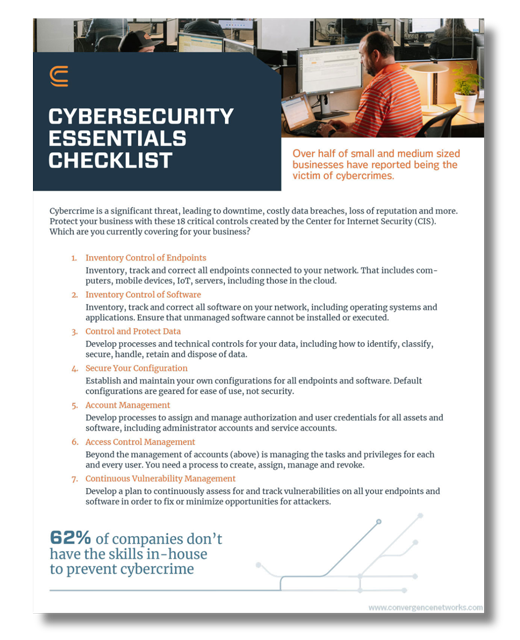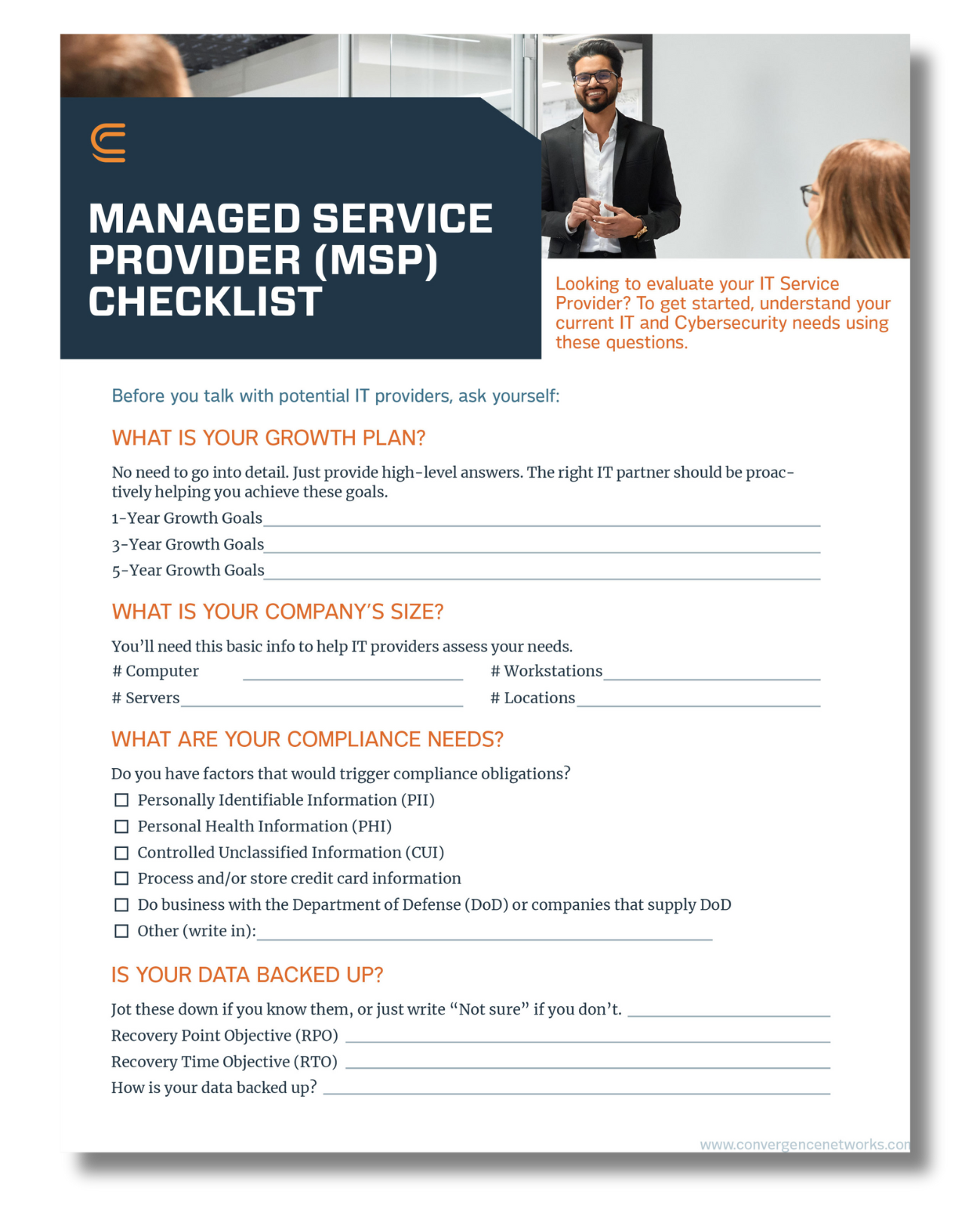Do you carry your phone with you everywhere?
Are you always on the lookout for access to a charger to re-charge your cell phone when you are traveling, working, or running errands?
Of course you do, because in our increasingly connected world, where smartphones and other electronic devices have become extensions of ourselves, users are increasingly looking for access to charging stations. Whether it’s in an airport, café, or shopping mall, finding a free USB port charging station can sometimes feel like hitting the jackpot. But amidst the convenience, there’s a stealthy cyber threat that goes by the name “Juice Jacking,” preying on the unsuspecting and unprepared, and the FBI is warning you to think twice before you connect to that public USB port.
What is Juice Jacking?
Juice Jacking is a security exploit where bad actors load malware onto public USB charging stations or USB ports to maliciously access and steal data from electronic devices while they are being charged. Malware installed through a corrupted USB port can lock a device or export personal data and passwords directly to the perpetrator. Criminals can then use that information to access online accounts or sell it to other bad actors. Essentially, these hackers use the very cables and ports we rely on to gain unauthorized access to our mobile devices and even infect entire networks!
How Does Juice Jacking Work?
You may have noticed when you charge your phone through a USB port of your laptop, you get the option to move files back and forth between the two systems. This is because a USB port is not simply a power socket. It also allows for data transfer.
The end of the USB cable that gives power is the one where the data connection happens. Unfortunately, in juice jacking situations, this end is usually not controlled by the device owner. This means that anytime you connect to a USB port to charge your device, you could open a pathway for data to move between devices, allowing cybercriminals to steal data or install malware on your device.
Hackers can load malware onto charging stations in a number of ways. They might use specially modified USB cables or connectors that contain hidden hardware designed to collect data or deliver malware. Alternatively, they could infect the charging station itself by loading malware onto it directly, which then spreads to any connected devices.
Risks of Juice Jacking
The risks associated with Juice Jacking are significant and encompass a range of potential consequences:
- Data Theft: During the charge, hackers can access and steal sensitive information stored on your device, such as passwords, credit card details and personal photos/messages.
- Malware Installation: Once a connection is established, malicious software can be installed on the device. This compromises the security of your device and can even allow hackers to gain control of it.
- Ransomware: When a cybercriminal gets access to your device, they can encrypt your device’s data and demand payment to unlock it, effectively holding your data hostage.
- Identity Theft: After a hacker steals your data, they can use it later to impersonate you or commit other forms of identity fraud including Business Email Compromise (BEC) attacks.
Protecting Yourself from Juice Jacking
While Juice Jacking is a legitimate concern, here are some steps you can take to safeguard your devices and data:
- Avoid Public Charging Stations: Whenever possible, use your own charger and power outlet. If you must use a public charging station, opt for a wall outlet instead of a USB port.
- Use USB Data Blockers: Invest in USB data blockers, which allow for charging while blocking data transfer. These devices prevent your device from exchanging data with the charging station.
- Carry an Extra Battery or Portable Power Bank: Keep a fully charged portable power bank with you to eliminate the need to use public charging stations altogether.
- Use your own USB Cables: Never use a charger that isn’t yours.
- Enable USB Restricted Mode: Some devices offer a USB Restricted Mode that prevents data transfer when the device is locked. Enable this feature to enhance security.
- Update and Protect: Keep your devices’ operating systems and security software up to date to guard against known vulnerabilities.
- Use Strong Passwords: Secure your devices with strong passwords or biometric authentication methods, such as fingerprint or facial recognition.
Additional Steps to Keep Your Business Secure
You might think that this only applies to individual consumers, but realistically Juice Jacking has real impacts to employees and can bring those risks back to your network. To keep your business safe consider the following additional steps:
- Review your mobile device management (MDM) and cybersecurity policies to include requirements for users to use trusted charging devices.
- Make sure your team has the most up-to-date cybersecurity training which should include a section on juice jacking and the risks associated with it.
If your organization is looking to make advancements to your cybersecurity policies or invest in employee cybersecurity training the next step is to contract a cybersecurity firm, like Convergence Networks. We can work with you to develop a total cybersecurity framework that includes updated cybersecurity policies and tailored cybersecurity training programs.
Want more information? Download our Cybersecurity Training brochure below or contact our cybersecurity experts to learn more about your security gaps and the investments you can make to keep your company, customers, employees, and partners safe.
[hubspot type=cta portal=7873398 id=a935909c-561d-47f0-b35d-516fbd9fcd77]














